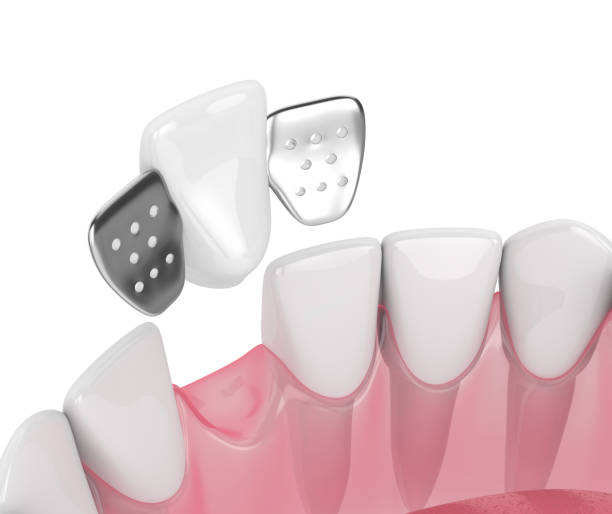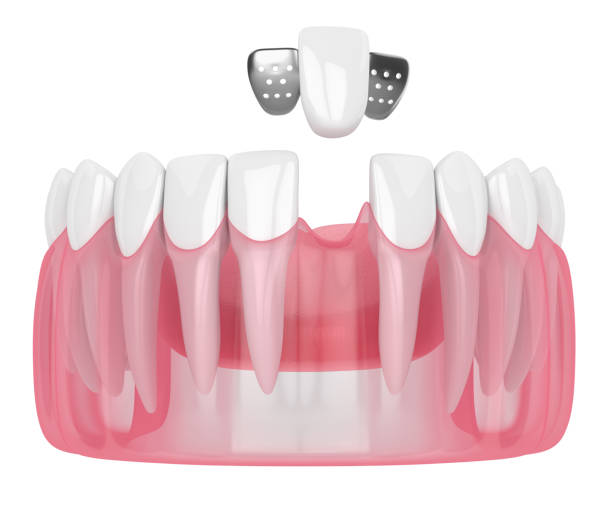Question and Answer


Resin-bonded bridge
A resin-bonded bridge, also known as a Maryland bridge or a Rochette Bridge, is often used to replace only the front teeth. This is due to its fragility and inability to endure the chewing pressures generated by rear teeth. It is made up of two wings that attach to the abutment teeth on the dental surfaces closest to the tongue, and the wings are joined to the replacement tooth or pontic.
The abutment teeth must be healthy and robust, but your dentist is unlikely to need to make significant changes to their general structure. They may opt to remove a little portion of tooth enamel in order to improve the adhesion between the tooth and the bridge.
To aid retention, holes are punched into the wings of a Rochette bridge. It is a better option than a removable denture, but it is not as sturdy or permanent as a fixed bridge and does not operate as well as implants.
Benefits
- Resin-Bonded Bridges are less expensive and less intrusive than fixed bridges supported by natural teeth.
- Restores your capacity to grin, eat, and communicate.
- Gives your lips the right amount of support.
- Maintains the position of your remaining teeth.
Disadvantage
- Resin-Bonded Bridge Isn’t very strong, which is why it is only used to restore front teeth.
- Hard foods might cause the bridge to pop off your teeth, necessitating re-cementation.
- Relatively fragile which doesn’t make it a good long-term option.

